TD04/5 REBUILD INSTRUCTIONS
Okay, I took pictures of my turbo rebuild and decided to do a DIY.
Tools needed:
Sockets - 10mm, 11mm, 12mm
Box wrenches – 10mm, 11mm, 12mm
Snap ring pliers
Pick
Rubber mallet
Vise (optional)
Engine assembly lube
I ordered the rebuild kit from G-Pop Shop. I also got the Mitsubishi heat shield as mine was shot.
Here is the link:
Jim & Gerry, G-Pop Shop
Specializing in rebuilt and new turbos, turbo upgrades, turbo rebuild kits, and turbo parts
www.gpopshop.com
(479)-751-7966
*** Note: I recommend that you do not take apart your turbo without marking your turbine housing and compressor housing in relationship to the bearing center section. You can do this with paint, a punch, etc...This will ensure, once you are finished rebuilding the turbo, that it will bolt directly back up to your engine.
Once you have done that, you are ready to begin.
1. Remove the 10mm nut on the clamp holding the turbine housing to the center section.
2. Remove the large snap ring that holds the compressor housing to the bearing center section.
3. Mark the turbine shaft with paint on the blade that lines up with the oil drain of the center section. Next, mark the compressor wheel to the backing plate with paint, or by lightly scribing a mark on both surfaces.
4. Place a 12 or 13mm 12pt socket into a vice, and then place the turbo turbine nut into the socket. If you don’t have a vice don’t worry, just use a ratchet.
5. Remove the 10mm compressor wheel nut (***NOTE*** : Some nuts are left handed thread, so you turn them clockwise to loosen them, the shaft will break in half if the nut is turned the wrong way).

6. Remove the compressor wheel.

7. With a rubber mallet, lightly tap the threaded turbine shaft to remove it from the bearing center section.

8. Take the snap ring off of the bearing center section seal plate.


9. Remove the seal plate. **Special Note** If either the compressor wheel, or turbine wheel, have touched the housings, then the balance from the factory has been disturbed, and the turbo must be rebalanced. You can send both your shaft and wheel to G-Pop and they can get them rebalanced or, if they are worn too much to be rebalanced, they can get you a price for a new or fully remanufactured part(s).

10. Use a pick to remove the rubber gasket to gain access to the thrust bearing.

11. Use the pick to remove the thrust bearing and the thrust washer, and then the journal bearing.


12. Turn the bearing center section upside down and remove the rear journal bearing.
Now, you have almost completely disassembled the turbo. The last thing you must do is pick up the seal plate and press the thrust collar out the back side with your thumb. This will expose the compressor side piston ring.

Remove the piston ring from the thrust collar and then remove the piston ring from the turbine shaft, and the turbo is disassembled.
Now, completely and thoroughly clean the whole turbo with solvent. It needs to be very clean, this is very, very important. Now, reverse the procedure above and reassemble the turbo using high quality engine assembly lube on all bearings and sealing surfaces.
***Special Note*** Carefully check all sealing surfaces where piston rings sit when installed. These surfaces must be smooth and round. Also, check the grooves that the piston rings sit in on the turbine shaft and the thrust collar. The piston ring must sit in these grooves tightly, with only 0.001 or 0.002 clearance. Any more than this will cause oil leaks.
**Another special note**: Journal bearing surfaces and thrust collar surfaces must be completely smooth and have no scratches or nicks that you can feel with your finger nail. Places to check: journal bearing bore in the bearing housing, journal bearing surface on the turbine shaft, and thrust collar surfaces that touch the thrust bearing.
*One more note:* Bearing housing coking is a very common problem with all turbos. It is caused by the turbo not being properly cooled off when the engine is shut off, and/or irregular oil changes. To check for this problem, look for black carbon deposits throughout the inside of the bearing housing, especially on the rear side where the turbine shaft goes in. The bearing housing should have an open area that you can see light through from the oil drain back to the rear sealing area where the shaft goes in. If you cannot see through the bearing housing, from these two areas, then you have severe coking and all of this carbon must be removed, or the turbo will fail almost instantly on startup.
Okay, I took pictures of my turbo rebuild and decided to do a DIY.
Tools needed:
Sockets - 10mm, 11mm, 12mm
Box wrenches – 10mm, 11mm, 12mm
Snap ring pliers
Pick
Rubber mallet
Vise (optional)
Engine assembly lube
I ordered the rebuild kit from G-Pop Shop. I also got the Mitsubishi heat shield as mine was shot.
Here is the link:
Jim & Gerry, G-Pop Shop
Specializing in rebuilt and new turbos, turbo upgrades, turbo rebuild kits, and turbo parts
www.gpopshop.com
(479)-751-7966
*** Note: I recommend that you do not take apart your turbo without marking your turbine housing and compressor housing in relationship to the bearing center section. You can do this with paint, a punch, etc...This will ensure, once you are finished rebuilding the turbo, that it will bolt directly back up to your engine.
Once you have done that, you are ready to begin.
1. Remove the 10mm nut on the clamp holding the turbine housing to the center section.
2. Remove the large snap ring that holds the compressor housing to the bearing center section.
3. Mark the turbine shaft with paint on the blade that lines up with the oil drain of the center section. Next, mark the compressor wheel to the backing plate with paint, or by lightly scribing a mark on both surfaces.
4. Place a 12 or 13mm 12pt socket into a vice, and then place the turbo turbine nut into the socket. If you don’t have a vice don’t worry, just use a ratchet.
5. Remove the 10mm compressor wheel nut (***NOTE*** : Some nuts are left handed thread, so you turn them clockwise to loosen them, the shaft will break in half if the nut is turned the wrong way).

6. Remove the compressor wheel.

7. With a rubber mallet, lightly tap the threaded turbine shaft to remove it from the bearing center section.

8. Take the snap ring off of the bearing center section seal plate.


9. Remove the seal plate. **Special Note** If either the compressor wheel, or turbine wheel, have touched the housings, then the balance from the factory has been disturbed, and the turbo must be rebalanced. You can send both your shaft and wheel to G-Pop and they can get them rebalanced or, if they are worn too much to be rebalanced, they can get you a price for a new or fully remanufactured part(s).

10. Use a pick to remove the rubber gasket to gain access to the thrust bearing.

11. Use the pick to remove the thrust bearing and the thrust washer, and then the journal bearing.


12. Turn the bearing center section upside down and remove the rear journal bearing.
Now, you have almost completely disassembled the turbo. The last thing you must do is pick up the seal plate and press the thrust collar out the back side with your thumb. This will expose the compressor side piston ring.

Remove the piston ring from the thrust collar and then remove the piston ring from the turbine shaft, and the turbo is disassembled.
Now, completely and thoroughly clean the whole turbo with solvent. It needs to be very clean, this is very, very important. Now, reverse the procedure above and reassemble the turbo using high quality engine assembly lube on all bearings and sealing surfaces.
***Special Note*** Carefully check all sealing surfaces where piston rings sit when installed. These surfaces must be smooth and round. Also, check the grooves that the piston rings sit in on the turbine shaft and the thrust collar. The piston ring must sit in these grooves tightly, with only 0.001 or 0.002 clearance. Any more than this will cause oil leaks.
**Another special note**: Journal bearing surfaces and thrust collar surfaces must be completely smooth and have no scratches or nicks that you can feel with your finger nail. Places to check: journal bearing bore in the bearing housing, journal bearing surface on the turbine shaft, and thrust collar surfaces that touch the thrust bearing.
*One more note:* Bearing housing coking is a very common problem with all turbos. It is caused by the turbo not being properly cooled off when the engine is shut off, and/or irregular oil changes. To check for this problem, look for black carbon deposits throughout the inside of the bearing housing, especially on the rear side where the turbine shaft goes in. The bearing housing should have an open area that you can see light through from the oil drain back to the rear sealing area where the shaft goes in. If you cannot see through the bearing housing, from these two areas, then you have severe coking and all of this carbon must be removed, or the turbo will fail almost instantly on startup.

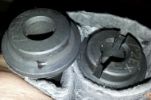
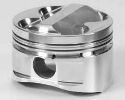






























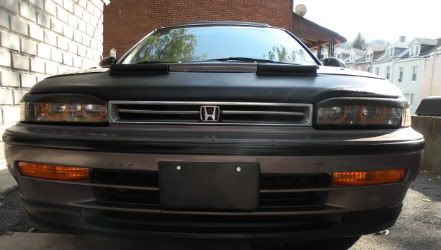
 **Don't b scared be prepared for the worst**
**Don't b scared be prepared for the worst**



 __
__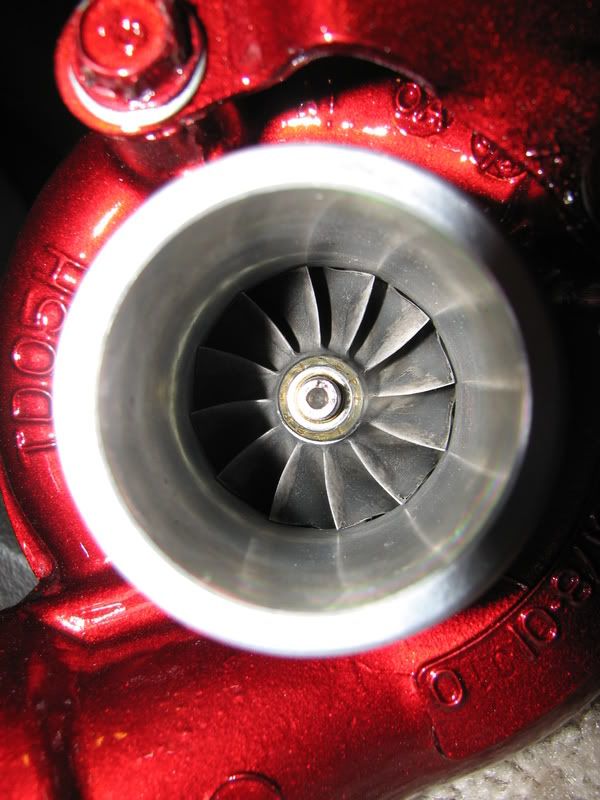
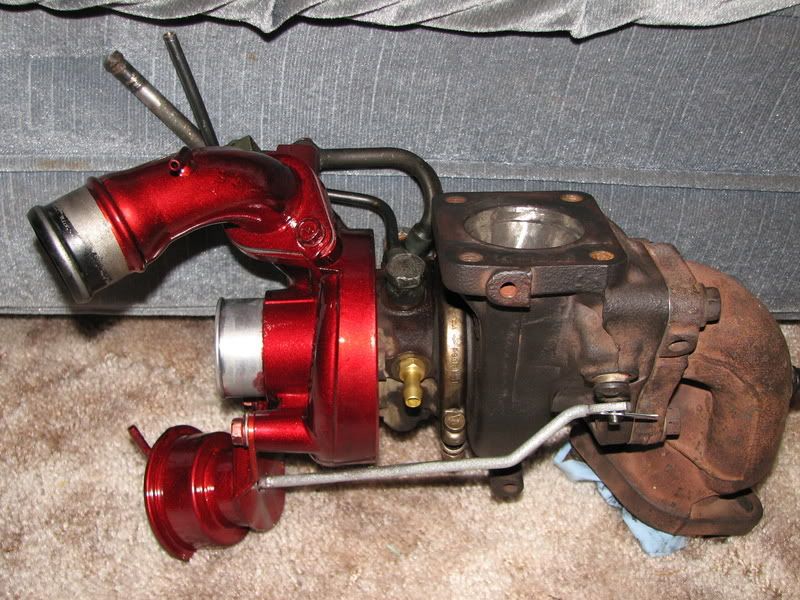
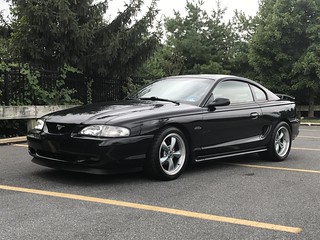


Comment